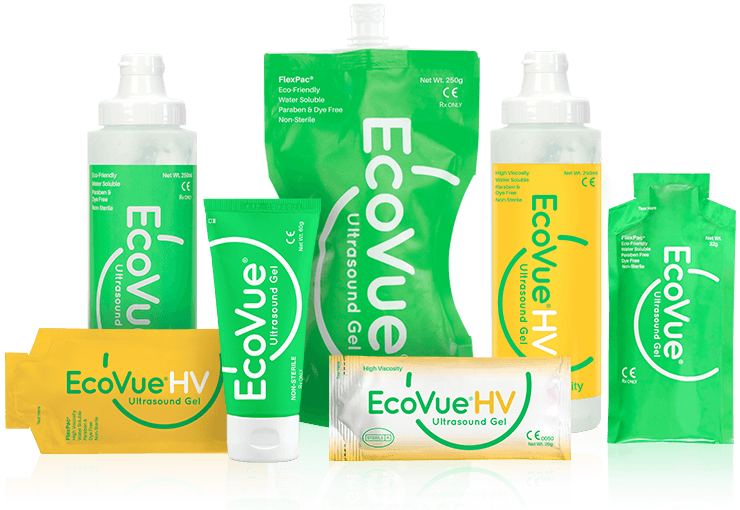How to Prepare for a Patient with a Propylene Glycol Allergy
Propylene glycol (PG) is often used in ultrasound gel formulations, but can also be found in personal skin care products like creams and lotions. Unfortunately, it is also known to cause minor skin irritation or allergic reactions in some individuals.
If your patient suffers from a propylene glycol allergy, going to the doctor for an ultrasound procedure can be a stressful experience. In today’s post, we’ll go over 4 things you can do to make the ultrasound procedure a more pleasant experience for you and your patient.
Consult Your Gel’s Safety Data Sheet
If a patient with a known PG allergy is scheduled for an ultrasound procedure, the first thing you want to do is consult your gel’s Safety Data Sheet (SDS). An SDS is documentation that is required for all medical devices in the United States and can usually be found online if you don’t already have a copy in your department. The SDS will list any potentially hazardous ingredients and how each one affects the safety of people when exposed to it in a variety of ways.
Unfortunately, propylene glycol may not be listed in the SDS of many ultrasound gels, as the US FDA considers it generally safe and non-toxic, so even after consulting the SDS, you may need to dig deeper to find the correct information.
Contact Your Gel’s Manufacturer
Since manufacturers are not required to list all ingredients in the SDS, and the US FDA does not require medical devices to list the ingredients on the packaging, finding out if your gel has PG in it can be challenging. If consulting the SDS comes up short, the next best thing to do is contact your gel’s manufacturer and ask them if it contains PG. This will give you a clear answer on whether or not your gel is safe to use on a patient with a PG allergy.
If the gel you are using is marketed as “hypoallergenic,” it is still best to contact the manufacturer, as many hypoallergenic ultrasound gels still contain PG.
Find an Alternative
If you discovered that your current ultrasound gel has PG as one of its ingredients, you may be struggling with what to do next. There are a variety of alternatives to ultrasound gel that sonographers have used over the years including mineral oil, lotion, vaseline, aloe vera, and more. However, many alternatives are not approved for use and may be harmful to the probe.

Be Prepared with EcoVue® Ultrasound Gel
At HR Pharmaceuticals, we want you to be prepared for any patient request, even those with a propylene glycol allergy. That is why we offer health care systems and patients free samples of EcoVue® Ultrasound Gel.
With a 99% natural formulation free of dyes, parabens, and propylene glycol, EcoVue® Ultrasound Gel is gentler on patients and delivers exceptional glide and image quality with less mess and waste. Available in two viscosity options in sterile and non-sterile selections, EcoVue® has you covered when you need a quality gel that you can trust to put patient safety and comfort first.
Ready to experience the EcoVue® difference firsthand?
- 99% natural formulation
- No dyes, fragrances, or parabens
- No propylene glycol

